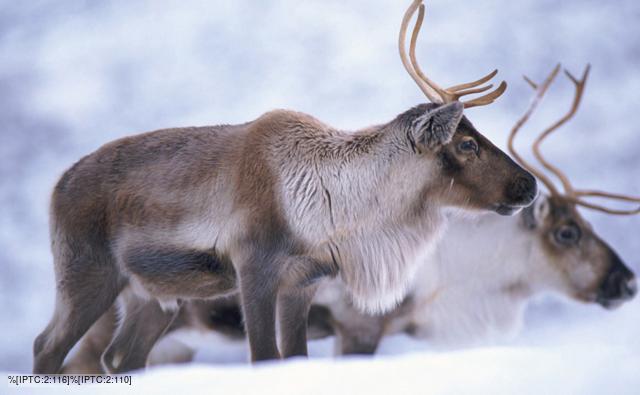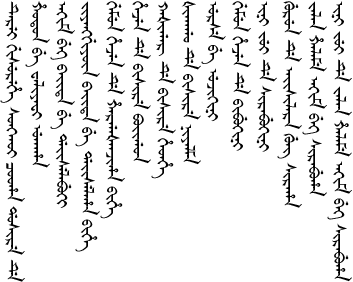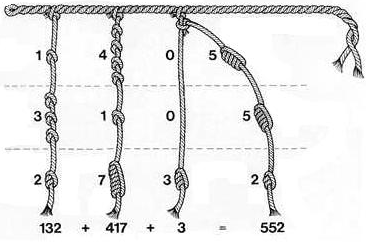North of the Great Lakes, hunter-gatherers and pastoralists radiating into the forests from the northern plains began to discover the limits of their lifestyle during the Woodland period.
At first, horses remained extremely useful to these early hunters. They could chase down deer and other animals on horseback, as well as defend themselves against attack. The further into the woods they went, however, the less useful horses became. Deer could outmaneuver horses in the forests, and had to be pursued on foot or trapped in order to ensure a successful hunt. Horses could rarely be ridden in straight, fast routes through the woods, undercutting their military usefulness. Even as they set fires to clear the undergrowth that tripped up their horses, the hunters moved even more northward were fewer and fewer of their herds could survive the winters. Horses could not be sustainably bred in the northern forests. They were no longer a reliable source of meat, hide, or labor.
The local reindeer, on the other hand, were. They could survive extremely harsh winters, produce milk, and pound for pound could pull more than a horse. Just like the wild horses of the southwestern deserts, reindeer could be tamed. However, they could not be controlled as easily as horses. They did not live in hierarchies, and so would not accept humans as ‘dominant’ individuals that controlled them. Most importantly, they were highly migratory, roaming thousands of miles through the taiga to the high arctic.

With almost any other species in the Columbias, this would have been a deal-breaker. In fact, it was a deal breaker for the Plains people, who never domesticated the highly migratory bison when the more easily controlled horse was available. But as these pastoralists branched off into the taiga, they did not have the luxury of choice. If they wanted to keep using animals to carry their possessions and have even semi-reliable access to meat or milk, they had to follow the reindeer herds wherever they went.
This is what they did-through the taiga and onto the tundra and back again, the one-time horse pastoralists followed the reindeer. Just as their cousins on the plains did, they attached travois to some reindeer to pull a collection of their possessions and folded tents which could be rapidly set up wherever the herds stopped. Although they did not control their animals nearly to the degree that horse herders and peccary farmers did, the reindeer peoples still culled unruly animals from their herds and did their best to keep the ‘tame’ herds segregated from the ‘wild’ ones, lest their livestock run away.
These pioneers were the ancestors of the people known as the Askimawey [1]. These herders made and still make a living in land that would be considered useless scrub not only by future colonialists, but by many of the other peoples of the Columbias. Even in the far north, however, they were not alone. As they went north and west of their home points, they would meet peoples previously untouched by the domestication of the horse and its butterflies. These would include the Dene, hunters possibly from a second wave of human migration into the Columbias that were moving south of the arctic and the paleo-Hellujar [2] of the high arctic.
The Dene peoples would eventually adopt reindeer herding, copying the Askimawey’s lifestyle and competing with them, a pattern that their descendants would repeat as they encroached on the more southern peoples. The paleo-Hellujar, on the other hand, did not compete with the Askimawey. Their lifestyle did not bring them into conflict with the herders, and the rare moments where these peoples met seemed to end either in trade or the two sides largely ignoring each-other. The paleo-Hellujar were hunters, but focused almost exclusively on marine mammals. They did not even have bows and arrows, using spears and harpoons to hunt seals and other animals at breathing holes. They were masters of survival in one of the harshest environments in the world, but so utterly focused in their method of survival that they did not appear to have any flexibility to adapt in the face of the stimuli presented by the Askimawey.

Hellujar Mask-Excavated in a medieval Norse settlement in Groenland, Ivory Island.
This appearance is wrong, of course. All cultures change, even if some are more conservative than others. The paleo-Hellujar would eventually become the modern Hellujar, though it would take a good deal of environmental upheaval and social shock for them to become the culture that still stubbornly hangs on in the High Arctic.
[1] ATL ‘twins’ of the Cree and Innu
[2] OTL known as the Dorset Culture







